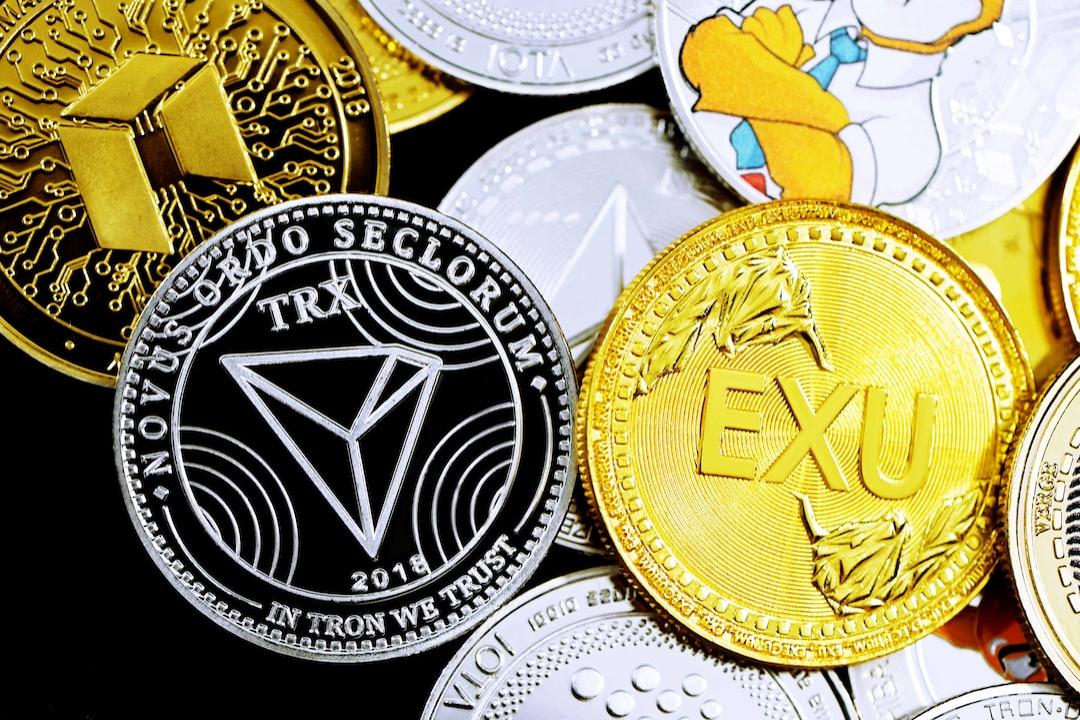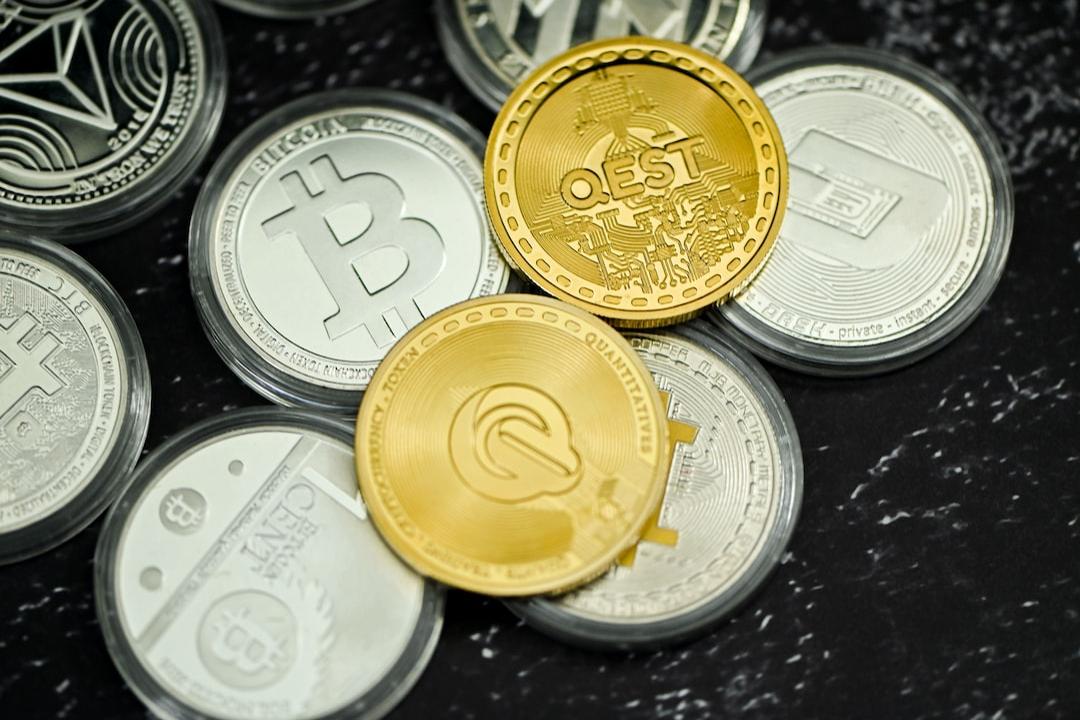The latest developments regarding the cryptocurrency strategic reserves have brought a boost to the market; however, some industry insiders have questioned Trump’s plan, pointing out the potential bias towards multiple assets and whether there is a risk of “interest transfer.” The implementation method remains to be clarified.
(Background: Arthur Hayes is pessimistic about Trump establishing Bitcoin and altcoin reserves: The U.S. government has no money and is merely making empty statements.)
(Background Supplement: Trump calls for advancing “XRP, SOL, and ADA strategic reserves,” leading to a market surge, with Bitcoin breaking through $89,000.)
On the evening of March 2, U.S. President Trump announced on Truth Social the asset categories for cryptocurrency strategic reserves, including XRP, SOL, and ADA. He subsequently added that Bitcoin (BTC) and Ethereum (ETH), as other valuable cryptocurrencies, would also be core components of the reserves.
Upon this announcement, the cryptocurrency market quickly rebounded, with the five major currencies generally rising. As of 8 a.m. on March 3, the price of Bitcoin had exceeded $94,000, up 9.71% for the day.
Trump announced five assets for the cryptocurrency reserve: BTC, ETH, XRP, SOL, ADA.
On March 2, against a backdrop of widespread market sluggishness, Trump suddenly released a statement on cryptocurrency reserves: “The U.S. cryptocurrency reserve will elevate this critical industry after years of corruption attacks from the Biden administration. That is why my digital asset executive order instructs the presidential working group to advance a cryptocurrency strategic reserve that includes XRP, SOL, and ADA. I will ensure that the United States becomes the world’s crypto capital. We are making America great again!”
Following this, the cryptocurrency market received a significant boost. As of 8 a.m. on March 3, Bitcoin was priced at $94,338, an increase of 9.71%; Ethereum was at $2,513, up 13.41%; Solana (SOL) rose to $178, up 24.35%; XRP surged to $2.91, an increase of 33%; Cardano (ADA) rose by 27% (with ADA up 7%). Additionally, Trump’s meme coin, TRUMP, also rose by 25.36%.

Trump had previously promised to establish a “Bitcoin Strategic National Reserve” at the Bitcoin conference held in Nashville in 2024. During his keynote speech, Trump told the audience: “If I am elected, my government’s policy will be to retain 100% of all Bitcoin held by the U.S. government or acquired in the future.”
On January 23 of this year, within his first week in office, Trump signed an executive order directing the digital asset working group to study the feasibility of establishing a national cryptocurrency reserve and to explore a regulatory framework for stablecoins.
“President Trump announced the establishment of a cryptocurrency strategic reserve composed of Bitcoin and other top cryptocurrencies. This aligns with his executive order 14178 issued in his first week,” wrote David Sacks, White House Director of AI and Cryptocurrency Affairs, on the X platform. He added, “More news will be released during the summit.”
It is reported that President Trump will attend the first White House Cryptocurrency Summit and deliver a speech on March 7. Attendees will include well-known founders, CEOs, and investors from the cryptocurrency industry, as well as members of the presidential digital asset working group. The summit will be hosted by David Sacks and managed by working group executive director Bo Hines.
With a tilt towards multiple assets, is there a risk of “interest transfer”? The implementation method still needs to be clarified.
Despite the latest developments in the cryptocurrency strategic reserves providing a boost to the market, some industry insiders have raised questions about Trump’s cryptocurrency reserve plan. In particular, the selection of ADA has sparked unexpected reactions. According to @CryptoDoggyCN, at the beginning of February, ADA founder Charles Hoskinson hinted in a livestream that he would meet a significant figure. On February 27, he posted that he could not attend ETHDenver and would go to Florida, where Trump’s Mar-a-Lago estate is located. @CryptoDoggyCN believes that ADA’s inclusion may be influenced by some lobbying.
Several influential figures in the tech and cryptocurrency industry have criticized Trump’s decision to include cryptocurrencies other than Bitcoin in the reserves. AngelList co-founder Naval Ravikant wrote, “American taxpayers should not be ‘taking over’ those ostensibly decentralized cryptocurrencies.” He added, “If it has lobbyists, then it is not decentralized.” Aave founder Stani Kulechov also wrote, “Good news: Strategic cryptocurrency reserves are in preparation; bad news: DeADA, DeADAX.”
Mint Ventures research partner Alex Xu analyzed that SOL, XRP, and ADA have been frequently visiting Mar-a-Lago since Trump’s administration began, providing Trump with various public endorsements, such as donations to the inauguration fund, etc. Private, indirect interest transfers are likely to increase. Trump is also reciprocating by providing visible returns, arranging a “advertising slot” within presidential authority.
However, in the long run, projects like ADA and XRP could be used as reserve assets, and this absurd practice would only undermine the seriousness of the BTC strategic reserve itself, further reducing the likelihood of the BTC reserve bill passing at the federal level. Facilitating the working group’s efforts is one thing; achieving legislative success is another. The Republican advantage in the House is very slim, making it virtually impossible to legislate SOL, ADA, and XRP into the national reserves.
The only possibility is that Trump establishes a national sovereign fund managed directly by the Treasury through executive agencies, which would allow for the direct purchase of the above assets without federal legislation. But how likely is this? How much benefit would SOL, XRP, and ADA need to provide to Trump’s family for the president to order the use of taxpayer money to buy these assets?
Furthermore, industry insiders have pointed out that over the past few months, Trump has alternated between using the terms “reserve” and “stockpile” when referring to related policies, but there are some key differences between them. Rebecca Rettig, Chief Legal Officer of Jito Labs, stated, “To my understanding, stockpile means the government will hold the cryptocurrencies they accumulate through various cases, while reserves are ultimately what the Treasury decides to purchase and hold.”
Analyst Chen Jian (Jason) expressed on the X platform that a significant uncertainty in the bundled cryptocurrency strategic reserve plan lies in how the reserves will be completed. Following Trump’s extremely self-serving business style, which has always adhered to the principle of not spending money if free resources are available, it is hard to expect him to pull out money from his pocket to buy and complete the reserves to subsequently “pump” the market. With the U.S. fiscal deficit reaching $18.3 trillion, the landlord’s family doesn’t have surplus grain either, so Trump is likely to pursue a reserve strategy.
He indicated that reserves might include APT, SUI, MOVE, etc. If no money is put forward to complete the reserves, then the beneficial nature of this would essentially be akin to a lockup, meaning that the funds flowing into the strategic reserves will not be sold for a long time, thus offsetting previous concerns about the U.S. government dumping assets, rather than truly resembling BlackRock or MicroStrategy pouring money to pump the market.
Nevertheless, on March 3, former Binance CEO Zhao Changpeng expressed his observations on the current market on the X platform, noting that the market is clearly dominated by “U.S. crypto assets” (US Coins), which have driven the development of crypto, and he is pleased to see any progress in cryptocurrency adoption, benefiting the industry overall and encouraging continued building.
Coinbase co-founder and CEO Brian Armstrong stated on the X platform regarding investment strategies: “I believe that investing only in Bitcoin might be the best choice – the simplest, and the logic behind it as an heir to gold is also very clear; if people want more diverse options, they could build a market-cap-weighted crypto asset index to maintain its neutrality. But perhaps the first option is the simplest.”
Currently, the five categories of cryptocurrency reserves announced by Trump have injected optimism into the market, but the implementation methods and specific outcomes still require time for verification. The future market will further validate this, and PANews will closely monitor subsequent developments.



